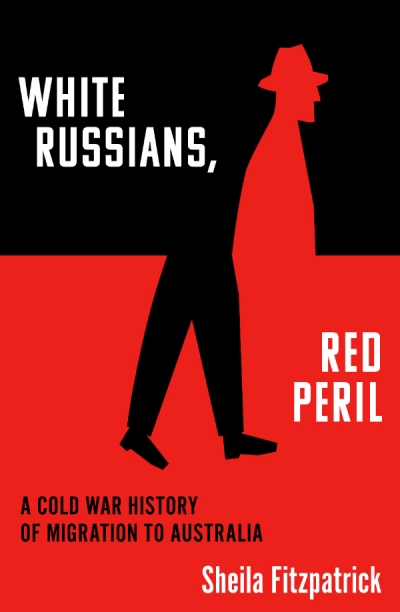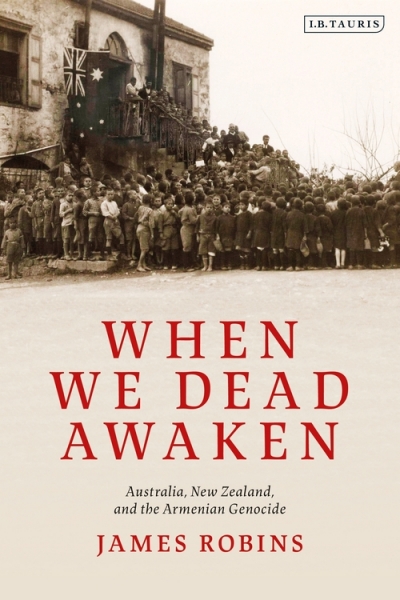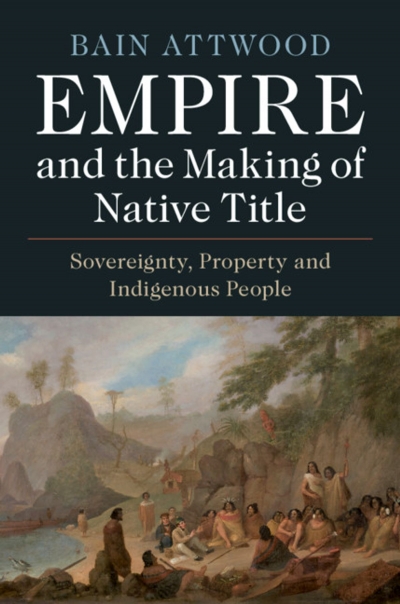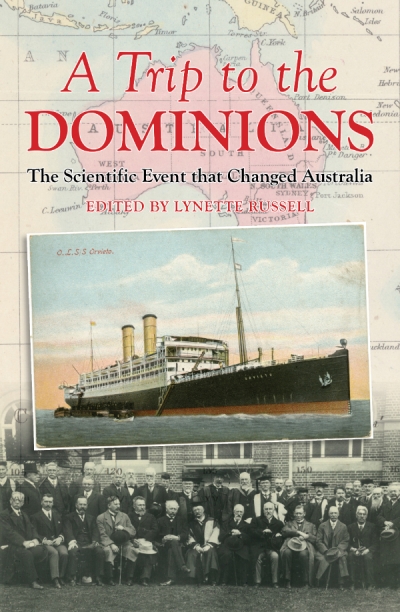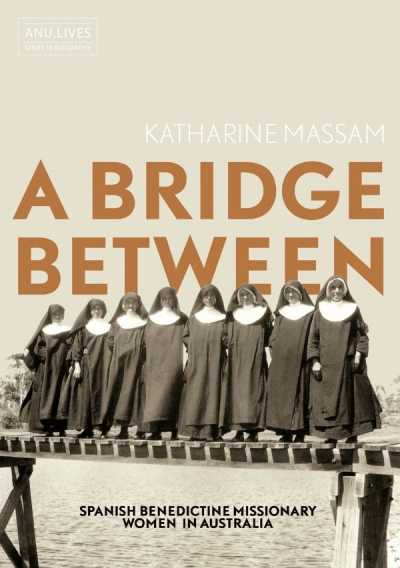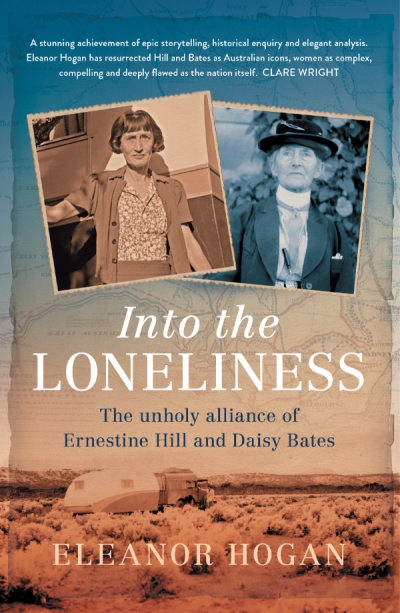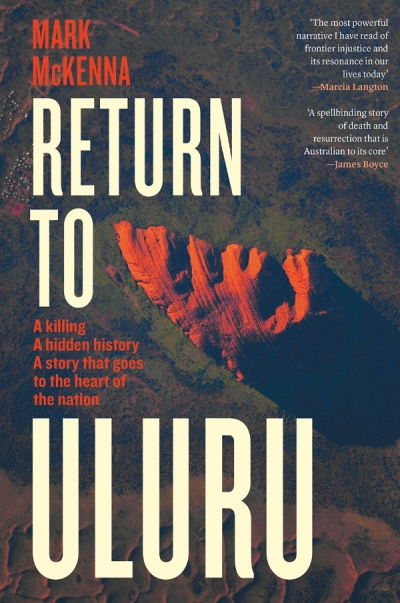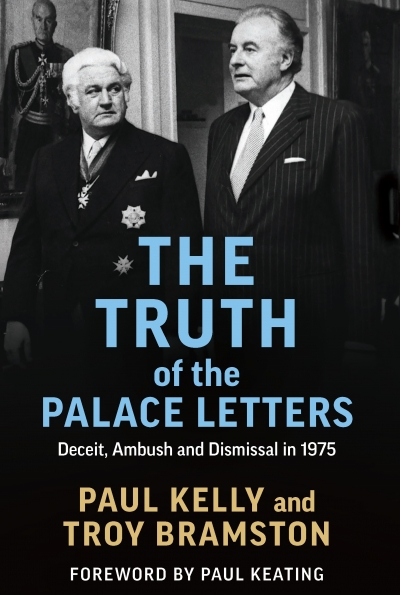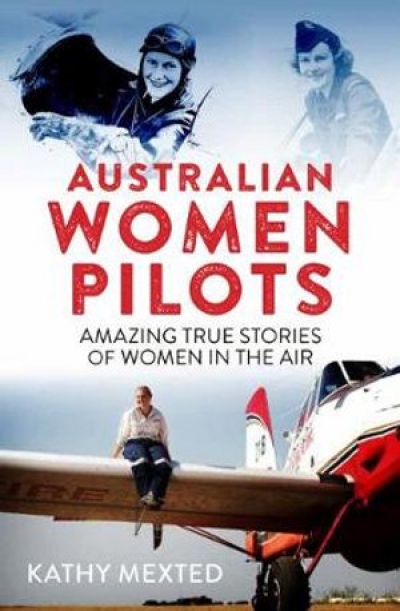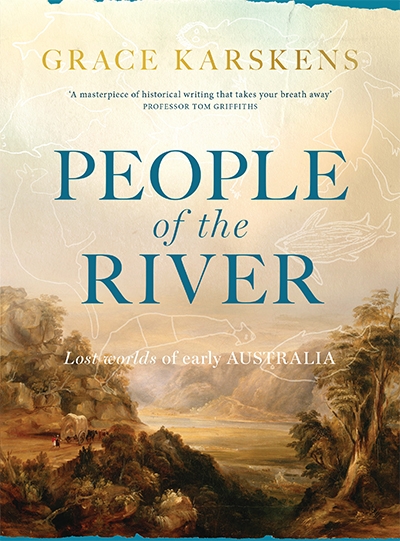Australian History
White Russians, Red Peril: A Cold War history of migration to Australia by Sheila Fitzpatrick
As readers of her two volumes of memoirs will know, Sheila Fitzpatrick trained at the University of Melbourne until departing for Oxford in 1964 to pursue doctoral research on the history of the Soviet Union. That took her to Moscow, where she gained access to Soviet archives. Fitzpatrick would make her name as an archival historian, in contrast to earlier Western scholars who relied, both of necessity and by inclination, on other sources; she showed remarkable ingenuity in using the officially sanctioned records.
... (read more)In 1969, an Anzac veteran visiting Gallipoli fell into conversation with a retired Turkish school teacher. The teacher had with him a guidebook featuring a quote from Şükrü Kaya, the former head of the Ottoman Directorate for the Settlement of Tribes and Immigrants. The quote came from a 1953 interview Kaya gave, in which he recalled a 1934 speech he made on behalf of Mustafa Kemal, a sentimental entreaty to Anzac mothers to ‘wipe away’ their tears. The teacher shared Kemal’s supposed words with the Australian visitor, who returned to Brisbane and passed them on to Alan J. Campbell, a Gallipoli veteran. Campbell, who was involved in the creation of a Gallipoli memorial in Brisbane, contacted the Turkish Historical Society to verify the quote. They could only confirm Kaya’s 1953 interview, but this was considered good enough. In this convoluted way, ‘the most iconic refrain of Anzac Day’ ended up on the memorial’s plaque, attributed to Kemal, with one addition. Campbell invented the now well-worn line about ‘the Johnnies and the Mehmets [lying] side by side’.
... (read more)Empire and the Making of Native Title: Sovereignty, property and Indigenous people by Bain Attwood
Bain Attwood’s Empire and the Making of Native Title is a welcome contribution to the field. Like many good historians of sovereignty and native title in Australia and New Zealand, Attwood stresses the importance of contingency and complexity in the first decades of British settlement on both sides of the Tasman Sea. His early chapters focus on the local and imperial contexts that shaped Crown approaches to Indigenous title in New South Wales, Port Phillip, and South Australia. The rest of the book provides a forensic account of the lead-up to and aftermath of the British assumption of sovereignty in New Zealand, and its shifting ramifications for legal arguments about Māori land title.
... (read more)A Trip to the Dominions: The scientific event that changed Australia edited by Lynette Russell
Founded in 1831, the British Association for the Advancement of Science (BAAS) sought to redress impediments to scientific progress that arose in the aftermath of the Napoleonic Wars, determining that the BAAS would ‘give a stronger impulse and more systematic direction to scientific inquiry … [and] promote the intercourse of cultivators of science’.
... (read more)A Bridge Between: Spanish Benedictine missionary women in Australia by Katharine Massam
What kinds of stories are possible now about a mission community at the height of the assimilation era? How might scholars narrate the lives of religious women who ran an institution for Indigenous children?
... (read more)Into the Loneliness: The unholy alliance of Ernestine Hill and Daisy Bates by Eleanor Hogan
Into the Loneliness is the story of two Australian women, opposites in temperament, who eschewed the conventional roles expected of women of their eras, lived unconventional lives, and produced books that influenced the culture and imagination of twentieth-century Australia. The book focuses on their complicated friendship, and on Ernestine Hill’s role in assisting Daisy Bates to produce the manuscript that was published in 1938 as The Passing of the Aborigines, which became a bestseller in Australia and Britain. Hill, a successful and popular journalist, organised the anthropological material and ghost-wrote much of the book, for which Bates privately expressed her gratitude, while not acknowledging it publicly.
... (read more)Return to Uluru: A killing, a hidden history, a story that goes to the heart of the nation by Mark McKenna
The distinguished historian Mark McKenna has written an elegant and hungry book about the pull of Uluru, that place of mysterious significance to Australians, black and white. Of course, in recent times, the Uluru Statement from the Heart – the heart that had a stake driven through it the moment it was entrusted to the most powerful whites in Canberra – is a complicated domain of passion and polemic. McKenna’s work, pro-Aboriginal and postcolonial in spirit, is itself an addition to the long history of romancing Uluru, albeit with a focus on a hero who seems like an anti-hero by the time this book is done.
... (read more)The Truth of the Palace Letters by Paul Kelly and Troy Bramston & The Palace Letters by Jenny Hocking
In April 2011, the landmark High Court victory of four elderly Kenyans revealed a dark episode in British colonial history. Between 1952 and 1960, barbaric practices, including forced removal and torture, were widely employed against ‘Mau Mau’ rebels, real or imagined. Upon the granting of independence in 1963, thousands of files documenting such atrocities were ‘retained’ by the British authorities, eventually coming to rest in the vast, secret Foreign and Commonwealth Office archives at Hanslope Park. Now a small portion of that archive was opened to scrutiny, and a tiny ray of light shone on one of history’s greatest cover-ups.
... (read more)Australian Women Pilots: Amazing true stories of women in the air by Kathy Mexted
Kathy Mexted was a teenager when the possibility of becoming a pilot entered her head. The year was 1978, and she was airborne in a plane commanded by her father. The latter turned to his daughter and remarked: ‘If you’d like to learn to fly, I’ll pay for it.’ Nonetheless, it would take twelve years for the author to seriously pursue her piloting ambitions. This delay was due to several factors, not least of which was that flying has long been a ‘male dominated industry’.
... (read more)People of the River: Lost worlds of early Australia by Grace Karskens
Grace Karskens’s previous book, The Colony (2009), which dealt with Sydney and the Cumberland Plain during the first years of invasion, was one of the great books about the early colonial period in Australia. People of the River is just as important but more profound and risky. In both, Karskens has found ways, brilliantly original ways, of taking in entire populations, and she is particularly good with webs of human connection and patterns of movement. Her focus on multi-centred relationship belongs to the twenty-first century, an age which is beginning to rethink the human individual as an interlinked being, a creature shaped by circumstance and by connection.
... (read more)

